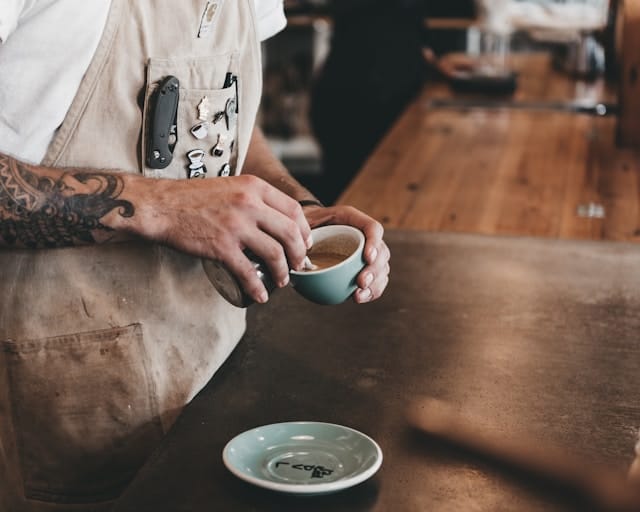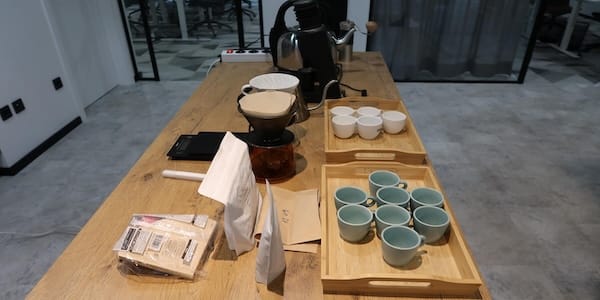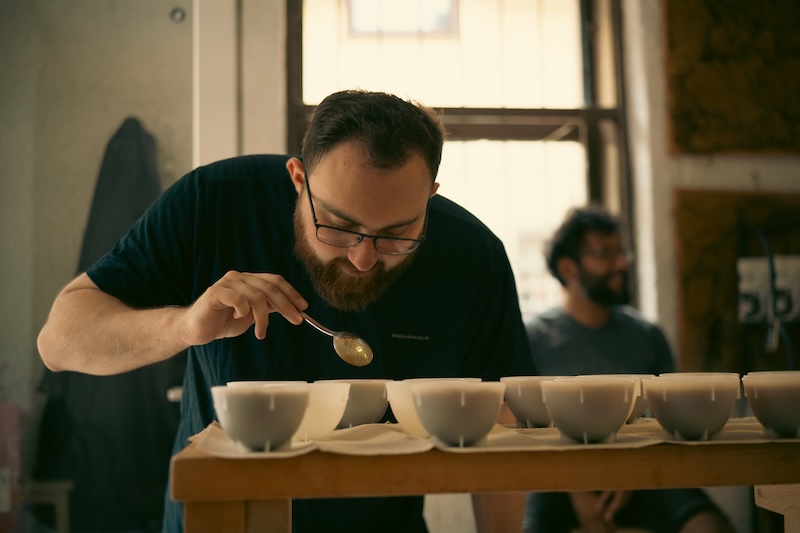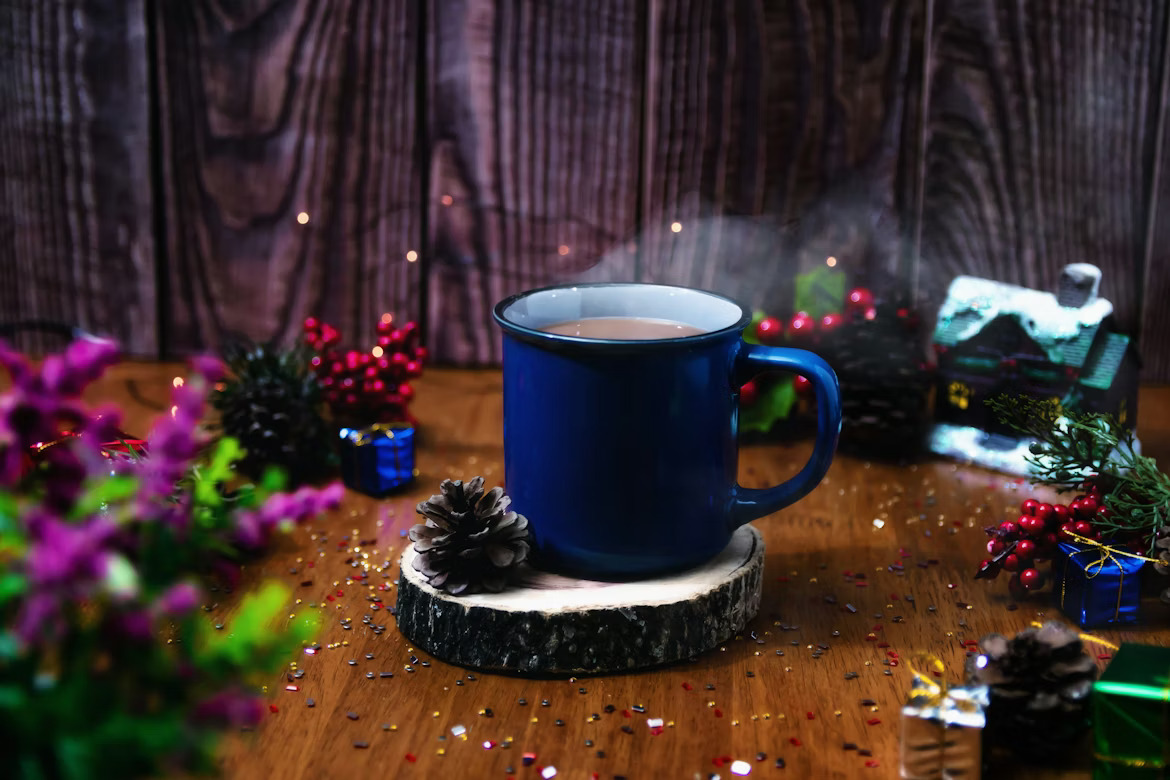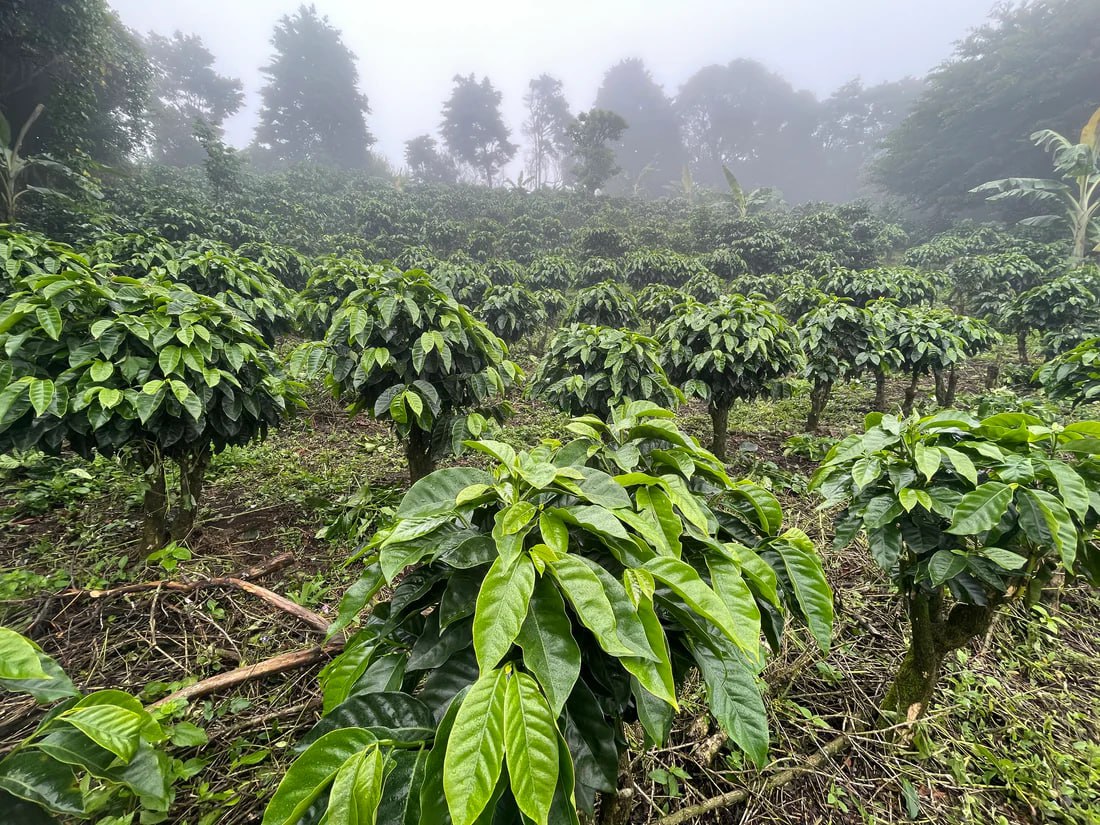ALL POSTS
ALL POSTS
What is The Best Black Coffee for You?
7 min read
Last edit: Oct 10, 2025

Nothing is as pleasant as a freshly brewed cup of black coffee in the morning with sunny-side-up eggs or cold and smooth yogurt with granola. Whether it’s a cup of just brewed drip coffee or a machine-made mug of batch-brew or beautiful espresso, black coffee is rich with taste and texture if you know what to do.
Deep in color, hot, and aromatic, your neighbor will think of asking what this almost divine aroma is and how he can achieve the same results. But it is more challenging to have that experience than to paint it.
Mainly because getting your black coffee right is not a trivial task, it takes time, knowledge of coffee, and, what is more difficult to obtain, of yourself.
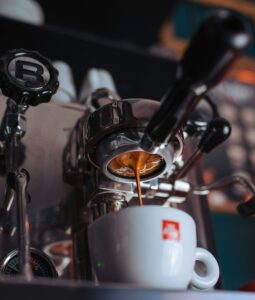
In this read, you will find what types of black coffee there are, what flavors you can expect from some widespread coffees, and how to extract those from the beans.
In the end, there will be several rather useful tools that you might want by your side on your black coffee brewing spree.
Before we go further, it is necessary to establish definitions for some of the terms that will be used since when talking about black coffee types, we are actually discussing with what method or instrument that or another beverage was brewed.
Types of black coffee
Thus, if one were to generalize all the methods to get a cup of black coffee, one would find that there are three ways of brewing:
- Percolation (V60, Dotyk, Kalita, Chemex, Melita, Origami, etc)
- Immersion (AeroPress, FrenchPress, American Press, Ibrik, etc.)
- Percolation under pressure (Espresso)
Different instruments within these brews show or hide various aspects of the coffee’s characteristics.
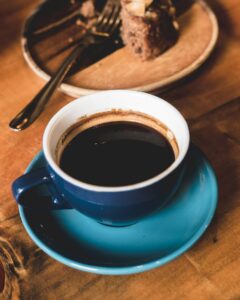
It is incorrect to say that one or another way of brewing is better since all of those have their pros and cons, but there are, however, several general rules:
- Percolation brews highlight the fruit and floral notes of the coffee but are dependent on users’ pouring technique and grind size.
- Immersion brews are easier to execute but do tend to yield thicker and more nuanced beverages.
- Espresso, as a method in a league of its own, can boast bright flavors or mellow and balanced profiles depending on the barista’s decision. The downside, however, is that to extract proper espresso at home, one would need to invest in home-coffee-bar much more funds compared to the brew types described prior.
Flavor profiles of black coffee to look for
With technicalities out of the way, it would be a loss not to touch on what one might expect to extract from different coffees with different methods.
So, with a percolation method such as V60, it is recommended to pair something tender, sweet, aromatic, and light to medium roasted; for example, coffees originating from Ethiopia, Kenya, Rwanda, and Panama would be a good pick.
For brews made with immersion methods, it is better to start off with some medium-roasted Colombian, Guatemalan, and Nicaraguan beans. The resulting cup will be smooth, well-balanced, and sweet without any of the flavors taking the dominating role.
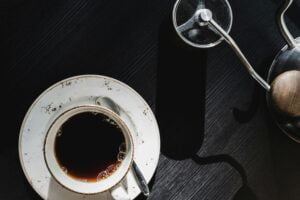
When choosing coffee for his majesty espresso, try getting medium or slightly darker roasts of Brazilian or Honduras coffees for a full-bodied cup with an almost pastry-like aroma and long, pleasant aftertaste.
It is worth remembering that coffee from any origin country can be made well in any method. These above are just the recommendations for starting out your caffeinated journey.
Naturally, getting your hands on locally roasted Specialty grade beans is best.
How to brew black coffee
Now, we can go to the matter of actually brewing the coffee, and it is a relatively easy process that is best described with the phrase “easy to learn yet hard to master.”
We recommend going with the following recipe for any percolation method and tailoring it to your liking:
- The grind size should be visually reminiscent of table salt crystals.
- Use 7gr of coffee to 100gr of water.
- If you can measure water temperature, you are looking for a range of 92-96C
- The total brewing time (from water first touching the coffee ground to when there is no water in the brewer) should be around 2:30 and 3 minutes. If your brew takes longer, you need to make the ground coarser and finer if your coffee is brewed too fast.
- Before putting your coffee ground into the brewer, do not forget to pre-wet the paper filter to rinse it.
- It is generally a good idea to divide your pour of water into 4 or 5 equal parts with equal time between them.
- Water should be poured in a circular motion from the center of the brewer towards the walls and back to the center.
If everything is done correctly, coffees like washed single-origin Ethiopias will yield crisp, bright, and aromatic сup.
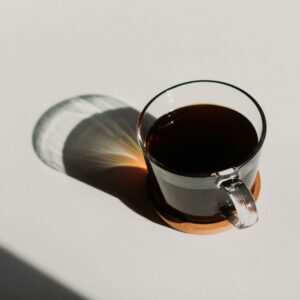
With immersion methods, it is not as easy to give such generalized instruction since some of them, like American Press, are unique in how one should approach them.
So here is a recipe for Frenchpress that most times works rather well with coffees coming from origins like Colombia, Guatemala, and El Salvadore.
- Grind size should be visually reminiscent of table salt crystals but a bit courser.
- Ration of coffee ground to water: 6gr to 100gr
- The best would be to get your water around 95-97C, but boiled can also work.
- Pour all required water into coffee grounds and mix the resulting slurry for 10-15 seconds. After that, cover the brewer and let the coffee steep for 2:30-3:30 seconds.
- When the time is up, put the lid with the filter mash and press downwards.
- Serve in a clean vessel and mix again.
Such a cup will be velvety, smooth, and balanced.
And, finally, espresso. Whatever coffee you choose, the general idea of the recipe will pretty much stay the same, but minor adjustments will need to be made almost all the time.
- Grind size and dose of coffee ground should result in a shot of 30-50gr in 20-35 seconds.
- It is best to go with a coffee-to-water ratio of 1gr to 2.2gr. So for the shot of 40gr, there should be 18gr of ground coffee beans.
- The temperature of water, if controllable, should be from 92 to 96C.
- The pressure needed to extract authentic espresso is 7 to 11 bars, but try getting 8 to 9 bars.
Well-extracted espresso balanced symphony of mellow and bright flavors. Both watery and creamy espresso are considered a good brew unless they contain off-tastes that may happen, for example, due to incorrect coffee puck preparation.
Recommended gear for your cup of black coffee
Armed with knowledge and recipes, there is only one last thing to discover: the world of coffee-related tools, brewing methods, filters, and utensils.
For the sake of keeping the article about coffee and not about tools, one or two options for home brewing are considered by the author as the best on the market at the moment. (None of these are sponsored.)
For those who would like to start practicing percolation coffee brewing, the author suggests the following tools:
- Hario V60 (Plastic) is cheap, widespread, and will serve you until you lose it while moving to a new place. Over time, the plastic blurs, but it hardly affects the coffee brewing. ()
- Moccamaster KBG Select – at a relatively modest price, one may get an automatic cup-of-joy brewer that comes in style, can be customized to suit the place of service, and is easily repaired since all the parts are easily obtainable.
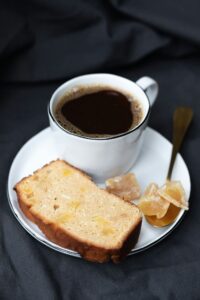
In case percolation does not sound like something you would like to do with your coffee beans, here are suggestions for immersion brewing tools:
- Clever Dripper – for a modest price, you are getting a plastic brewer with a valve that opens when the tool is placed on a cup or other vessel.
It can also be used as a percolation brewer, but why would it be?
- AeroPress – a classic coffee brewer, as versatile as it is easy to use and repair in case of a problem since the only thing that can start malfunctioning over time is the rubber part of the plunger.
And if your way is a way of espresso, there is a solution that boasts both a grinder and espresso machine under a single roof and yet is not a fully automatic machine:
- Lelit Kate PL82T – neatly built, compact, and genuinely uses the same technology as conventional professional coffee machines.
Naturally, one would need tools such as a temper, knock box, and others to operate properly. Those come in a wide variety, and it is best to find something on the spot that is to your liking since, functionally, those tools are rather close to one another.
So now there is only one thing to it. It is time to brew some coffee.
While grinding, let us know what topics you would like to read about, and do not hesitate to ask us your coffee questions.
Cheers, and have a great cup!
Would you like to learn more about other coffee roasters in Slovenia? Here are the guides.



